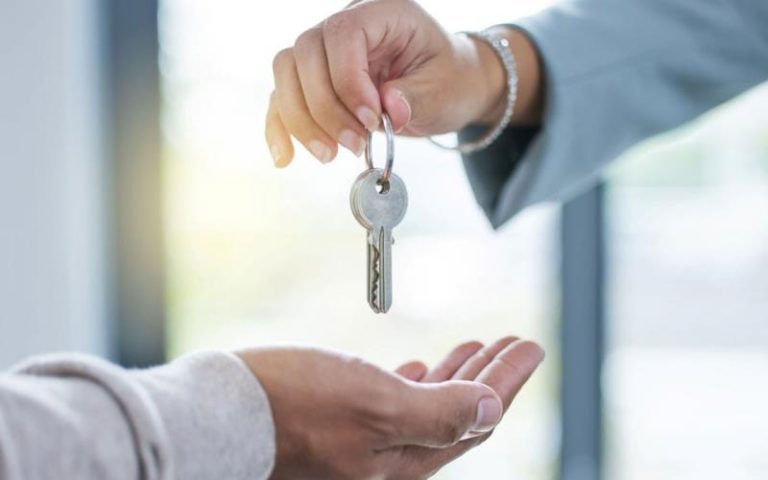Eco-Friendly Design: Sustainable Materials and Practices for Your Dream Home

Building or renovating a home is one of the biggest investments you’ll make in your lifetime. As people become more aware of the environmental impact of their choices, eco-friendly design is gaining popularity.
Sustainable materials and building practices can not only help protect the environment but also contribute to long-term cost savings and improve the quality of your living space.
Why Eco-Friendly Design Matters
Eco-friendly design is all about reducing the environmental impact of your home. It involves using materials and practices that are sustainable, energy-efficient, and less harmful to the planet. There are several reasons why adopting eco-friendly design principles is beneficial:
- Reduced Environmental Impact: Sustainable building materials, such as recycled materials or responsibly sourced timber, have a smaller carbon footprint than conventional alternatives.
- Energy Efficiency: Using energy-efficient appliances, insulation, and windows reduces the amount of energy required to heat or cool your home, leading to lower utility bills and a smaller carbon footprint.
- Healthier Living Environment: Eco-friendly materials often contain fewer toxic chemicals, creating a healthier indoor environment for you and your family.
- Long-Term Savings: While eco-friendly materials may have a higher upfront cost, they can save you money in the long run due to lower energy consumption and less maintenance.
Incorporating sustainable practices into your home design helps create a space that’s not only stylish and comfortable but also kind to the environment.
Sustainable Materials for Your Dream Home
When building an eco-friendly home, choosing the right materials is crucial. Here are some sustainable materials to consider for your project:
Recycled and Reclaimed Materials
Using recycled and reclaimed materials is one of the most effective ways to reduce waste in construction. Melbourne builders are increasingly using salvaged timber, bricks, and metal for new builds and renovations.
These materials give new life to old items and help keep waste out of landfills. Reclaimed wood, for example, is not only environmentally friendly but also adds a unique, rustic charm to your home.
- Recycled Bricks: Reclaimed bricks can be reused in construction, giving your home a rustic look and reducing the demand for new raw materials.
- Recycled Steel: Steel is one of the most recyclable materials available, making it an excellent choice for structural elements like beams and framing.
Bamboo
Bamboo is one of the most eco-friendly building materials available. It grows quickly and requires minimal water and pesticides to thrive, making it highly sustainable. Bamboo is also incredibly durable, making it ideal for flooring, cabinetry, and even furniture.
Cork
Cork is another renewable resource that has been gaining popularity in eco-friendly design. Harvested from the bark of cork oak trees, cork can be used for flooring, wall panels, and even insulation. It’s biodegradable and can be recycled, making it an excellent choice for anyone looking to reduce their environmental footprint.
Hempcrete
Hempcrete is a sustainable building material made from hemp, lime, and water. It’s lightweight, highly insulating, and provides excellent thermal mass, meaning it can help keep your home cool in summer and warm in winter. Hempcrete is also non-toxic and resistant to mould, making it a great choice for creating a healthier living environment.
Eco-Friendly Practices for Sustainable Living
In addition to using sustainable materials, there are several eco-friendly building practices you can adopt to make your home even more environmentally friendly.
Energy-Efficient Windows and Insulation
Energy-efficient windows are a crucial element of eco-friendly design. They help reduce heat loss in winter and prevent heat from entering in summer, making it easier to maintain a comfortable indoor temperature. Double-glazed windows are an excellent option for improving energy efficiency.
Water Conservation
Water conservation is an essential aspect of eco-friendly design. Incorporating water-saving fixtures like low-flow taps, showerheads, and toilets can significantly reduce water consumption. You can also install a rainwater harvesting system to collect and store rainwater for irrigation or even household use.
Green Roofs and Walls
Green roofs and walls are becoming increasingly popular as part of eco-friendly designs. These systems involve planting vegetation on the roof or walls of your home to improve insulation, reduce stormwater runoff, and enhance the aesthetic appeal of your property.
Whether you’re building from scratch or renovating an existing space, working with Melbourne builders who specialise in eco-friendly construction will help you bring your dream home to life while protecting the planet. By adopting these sustainable practices, you’re not only creating a healthier living space for yourself but also contributing to a greener, more sustainable future.






